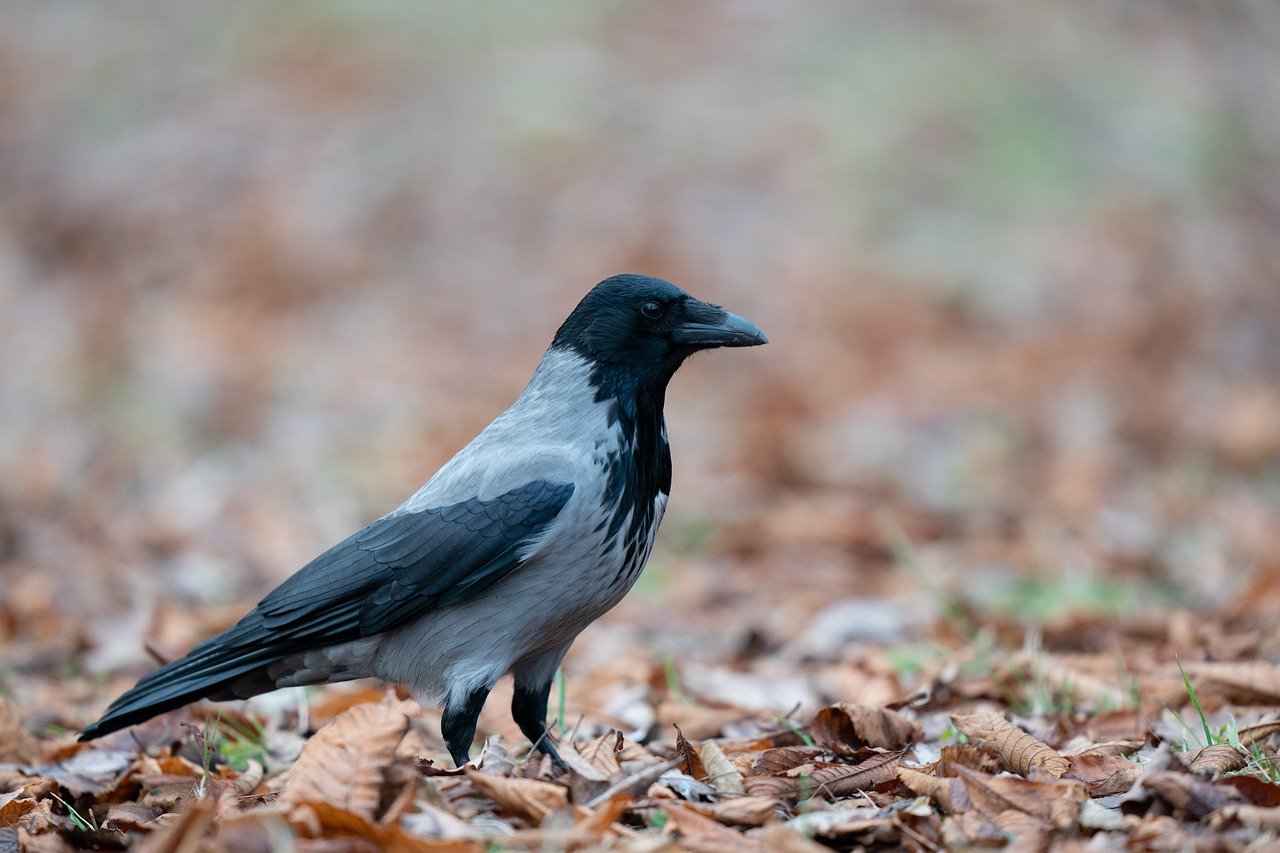Gråkråkans Corvus corone cornix häckningsbiologi i en blandmiljö av bebyggelse och jordbruk i södra Sverige
DOI:
https://doi.org/10.34080/os.v20.22633Nyckelord:
häckningsframgång, val av boplats, populationsstudierAbstract
We studied 11 active and 29 old nests of Hooded Crows Corvus corone cornix in a mixed residential-farmland landscape (3.6 km2) in southern Sweden in 2009. The density of active nests was 3.06/km2 land area and 7.33/km2 forest area. Thirty-eight nests were in pine-dominated forest and two in private gardens. All nests (active and old) were in pine trees Pinus sylvestris, and sample plots around nest trees had the following characteristics (means): 350 tree stems/hectare, 1,487 bushes/ hectare, and canopy cover 8%. Distance to the nearest active Crow nest averaged 234 m, but variation was large. Mean distance from nests to nearest forest edge was 19 m and to the nearest inhabited building 68 m. Nests were placed near the tree top (mean height 11 m) in all cardinal directions but with a significant bias towards the south. Seven out of 11 (64%) active nests produced fledglings (mean 1.2 nestling/successful nest). Breeding success was higher in nests that were close to another crow nest. Compared with previous studies, hatching success was high but final fledgling production was low.
Nedladdningar

Downloads
Publicerad
Referera så här
Nummer
Sektion
Licens
Copyright (c) 2010 Rebecca Hessel, Johan Elmberg

Det här verket är licensierat under en Creative Commons Erkännande 4.0 Internationell-licens.
Författaren/författarna innehar copyright för varje enskilt bidrag, men samtliga bidrag är publicerade under en Creative Commons-licens, så att vem som helst kan dela och återanvända bidraget förutsatt att copyright-innehavaren erkänns.







